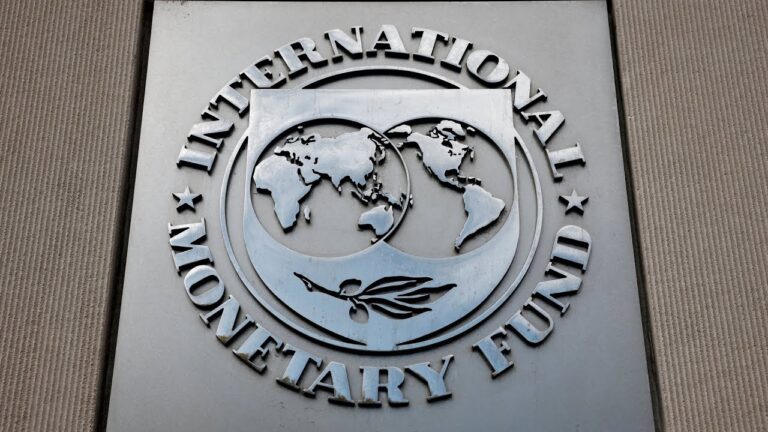Zambia, IMF Seal Staff-Level Deal to Unlock $194 Million Under Credit Facility
The International Monetary Fund (IMF) and the Government of Zambia have reached a staff-level agreement on the economic policies and reforms required to complete the Fifth Review under the 38-month Extended Credit Facility (ECF) arrangement.
This agreement paves the way for Zambia to access SDR 139.9 million (approximately US$194 million) once approved by the IMF Executive Board in the coming weeks.
The announcement followed an in-country mission led by Ms. Mercedes Vera Martin, IMF Mission Chief for Zambia, from April 29 to May 13, with further discussions held virtually.
Zambia’s economy has shown resilience despite the dual challenges of a severe drought and global economic headwinds, with real GDP growth estimated at 4 percent in 2024, up from the 1.2 percent initially projected during the Fourth Review. Growth was largely driven by stronger mining and non-mining sector activity, especially in ICT, financial services, and construction, coupled with a softer-than-expected contraction in agriculture.
For 2025, real GDP is expected to rise to 5.8 percent, spurred by a rebound in agriculture, increased copper production, and a gradual recovery in electricity generation—though power shortages and reliance on imports are anticipated to persist.
Zambia achieved a primary surplus of 2.9 percent of GDP in 2024, driven by stringent spending controls amid tight financing. However, in 2025, the overall fiscal deficit is expected to widen to 5.3 percent, with a primary balance projected at 1.1 percent. Rising debt servicing costs and new social spending needs have added pressure to the national budget.
In response, the government has committed to revising the 2025 budget, adopting additional revenue measures and reprioritizing expenditures. These measures aim to maintain fiscal and debt sustainability while protecting social and development spending.
Inflation averaged 15 percent year-on-year in 2024 and peaked at 16.8 percent in February 2025, driven by higher food prices and kwacha depreciation. However, inflation is now showing signs of easing, aided by policy rate hikes—currently at 14.5 percent. The IMF emphasized the importance of data-driven monetary policy and enhancing monetary transmission mechanisms to stabilize inflation within the target band.
Zambia’s current account deficit narrowed in 2024, and gross international reserves rose to US$4.7 billion by mid-May 2025, equivalent to 4.1 months of prospective imports. However, the IMF cautioned that delays in external debt restructuring and global uncertainties could pose downside risks. Advancing debt restructuring could help reduce borrowing costs and attract investment.
The IMF commended Zambia’s ongoing homegrown reform agenda, highlighting its potential to generate inclusive, sustainable growth and improve job creation. It encouraged accelerating reforms in tax administration, public financial management, and the business environment, while reducing the state’s role in sectors like agriculture.
“Continued efforts to strengthen governance and transparency are vital for restoring investor confidence and unlocking the private sector’s potential,” Ms. Vera Martin stated.
During the mission, the IMF team met with President Hakainde Hichilema, Finance Minister Dr. Situmbeko Musokotwane, Bank of Zambia Governor Dr. Denny Kalyalya, and other senior officials. The team also engaged with private sector leaders, civil society groups, and development partners.
The IMF expressed appreciation for the warm hospitality and constructive dialogue, emphasizing its continued support for Zambia’s economic recovery and reform efforts.



